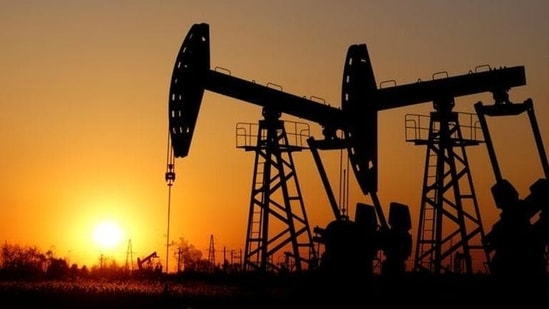The new dynamics of international crude oil price

However, the subject of this article is not gold but a commodity whose price is even more keenly watched than gold, i.e. crude oil. Unlike gold with little intrinsic value, oil is what powers the wheels of industry and commerce across the globe. The entire transportation industry runs on petrol, diesel, aviation turbine fuel and other derivatives from crude oil. No surprise then, the price of crude oil is linked strongly to the larger fortunes of the world economy with periods of rapid growth pushing up the demand for (and price of) crude oil, while contractions in economic activity have served to depress prices.
Crude oil prices peaked at $145.29 in July, 2008. This was just before the global financial meltdown when the world economy was on a roll with commodity prices ruling firm and “irrational exuberance” powering stock markets around the world to all-time highs. The subsequent crash in the markets leading to the “great recession” took oil price all the way down to US$36.51 a barrel in January 2009. Of course, short term effects arising from a disruption in supply or a spike in demand also move prices as happened in the early seventies when the oil producers having formed a cartel under the banner of OPEC acted in concert to raise the price of crude oil by four times from US$ 3 per barrel to US$ 12. (This happened in 1973-74 in the aftermath of the 1973 Arab – Israeli “Yom Kippur” war with Arab states determined to punish the west for supporting Israel.)
Coming to more recent times, the world is once again witness to a dramatic fall in the price of crude oil. After 2009, the global economy had started to recover from the financial meltdown and the price of crude oil had also climbed up steadily to go over US$ 100 per barrel. Between 2011 to the middle of 2014, crude oil was steady in a range of US$ 90–$120. By the end of 2014, however, it had fallen to half of that.
Historically, crude oil prices have always been volatile, rising during periods of growth and economic expansion and falling during recessionary times when demand from industry is low and constrained consumer spending means fewer cars are sold and fewer fuel tanks get filled up. But what makes the current fall in oil price different from the usual cycle of rise and fall (repeated over and over) is that the United States has now emerged as a significant oil producer with shale oil. This particular development has completely altered the dynamics of the market.
In the past, we were accustomed to seeing crude prices recover smartly after every downturn. However, the entry of shale oil means there is now a limit to how much prices can go up in a future recovery. That limit is set by the price at which shale oil producers find it profitable to pump out oil from their wells. While this in itself is bad news for the traditional oil producers like the OPEC countries, Russia etc., it turns out there is more bad news in the pipeline.
As technology becomes more efficient, the cost of extracting shale oil has been falling. When oil prices began declining in the second half of 2014, the major factor driving the fall was that the preceding period of stable and high prices (consistently above US$ 100 per barrel) had given shale oil a safe harbour and a much-needed foothold to ease its entry into the game. The nascent shale industry was able to report profits and attract more investments despite higher cost of production hovering around US$ 60 to 70 per barrel. In contrast, it cost less than US$ 10 to produce a barrel of oil in Saudi Arabia. Shielded by high prices, the shale industry seized this god-sent opportunity to strike roots and soon producers scaled up their operations to derive economies of scale. Add to this, the continuing advances in technology further lowered breakeven costs, and shale oil had now truly emerged from the shadows to become a game-changer.
A news report published in the Financial Times in July 2016 titled “US shale is lowest-cost oil prospect” says that US shale reserves are the lowest-cost option for future oil production. About 60 per cent of the oil production that is economically viable at a crude price of $60 a barrel is in US shale and only about 20 per cent is in the deep sea oil wells. The report noted that after the oil price plunge of the last couple of years, average production costs per barrel have dropped by 30 to 40 per cent for US shale wells, but only 10 to 12 per cent for other oil projects.
Continue








